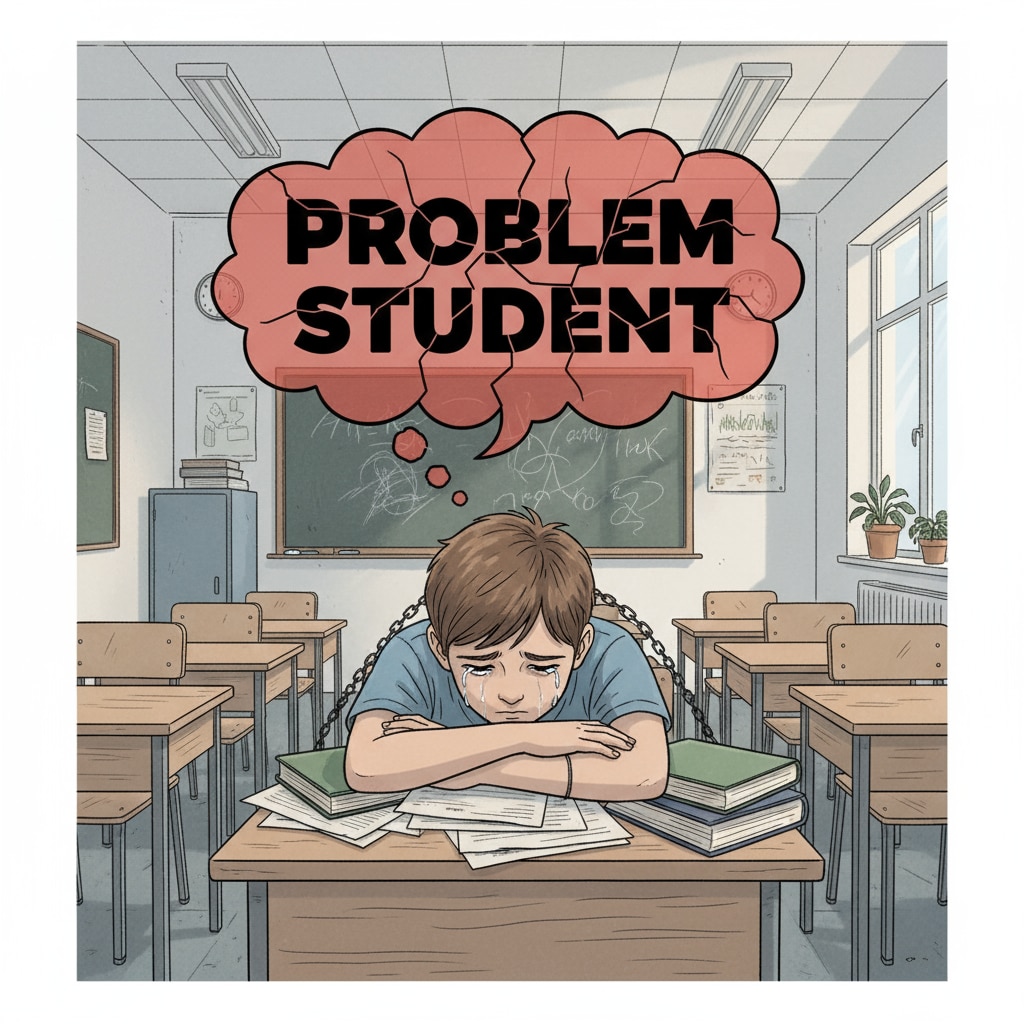School injustice, teacher discrimination, and negative labels are issues that have long plagued the K12 education system. In many classrooms, teachers unconsciously assign unfair labels to students, which can have far-reaching consequences. For example, a student who is a bit more energetic in class might be labeled as a “troublemaker,” and this label can follow them throughout their academic journey.

The Origins of Unjust Labeling
Unjust labeling often stems from teachers’ limited understanding of students. Some teachers may base their judgments on first impressions or a single incident. For instance, if a student forgets their homework once, the teacher might start to see them as irresponsible. This hasty judgment can lead to the assignment of negative labels. According to American Psychological Association’s research on teacher-student relationships, teachers’ biases can significantly influence how they perceive and label students.
The Damaging Effects of Negative Labels
Negative labels can have a detrimental impact on students’ self-esteem. When a student is constantly referred to as a “problem student,” they may start to believe it themselves. This can lead to a decrease in motivation and academic performance.

In addition, it can also affect their social relationships. Other students may start to distance themselves from the “labeled” student, further isolating them. As stated in the National Education Association’s report on the impact of labels on students, these labels can create a self-fulfilling prophecy, where the student lives up to the negative expectations.
To address this issue, educators need to be more aware of their biases and make a conscious effort to avoid labeling students unfairly. They should get to know each student on a deeper level and focus on their strengths rather than their weaknesses. By doing so, we can create a more inclusive and positive learning environment for all students.
Readability guidance: This article uses short paragraphs to make the content more accessible. The lists and external links provide additional information and support for the arguments. The images help to visually represent the key points. Transition words like “for example,” “in addition,” and “however” are used to make the flow of the article more natural.


